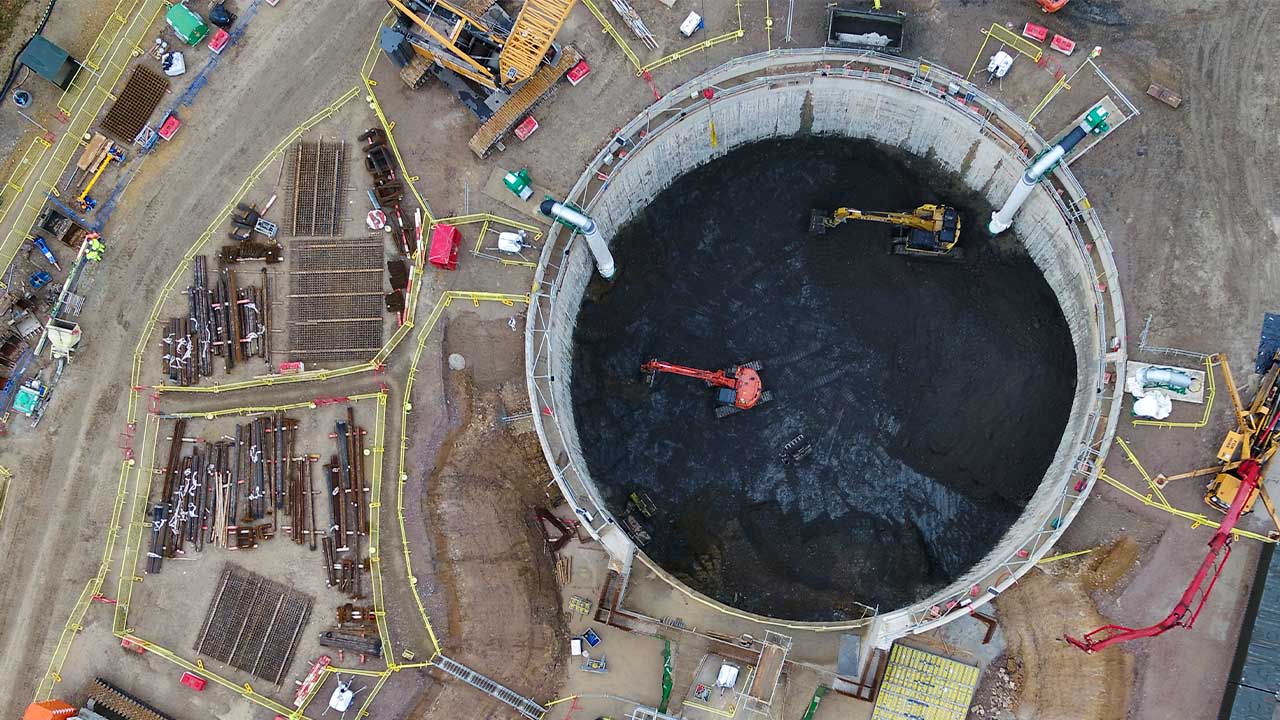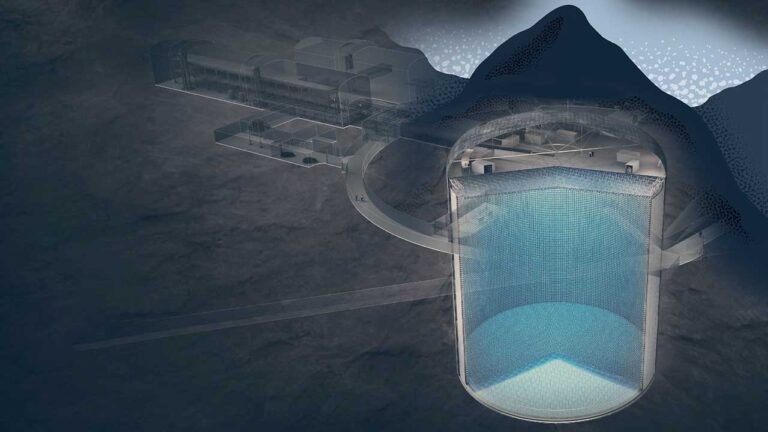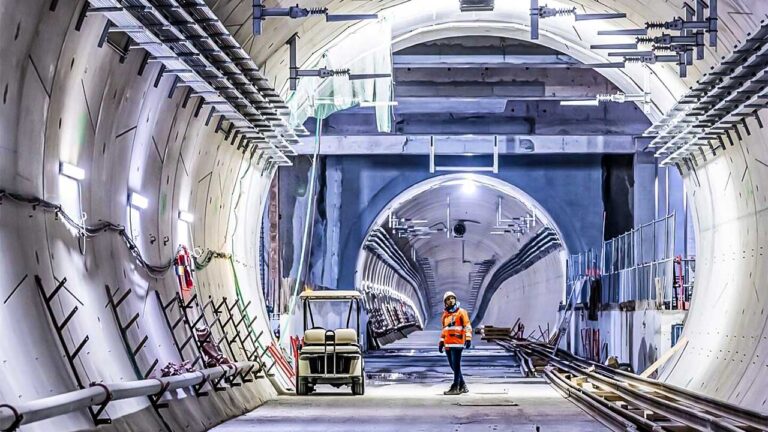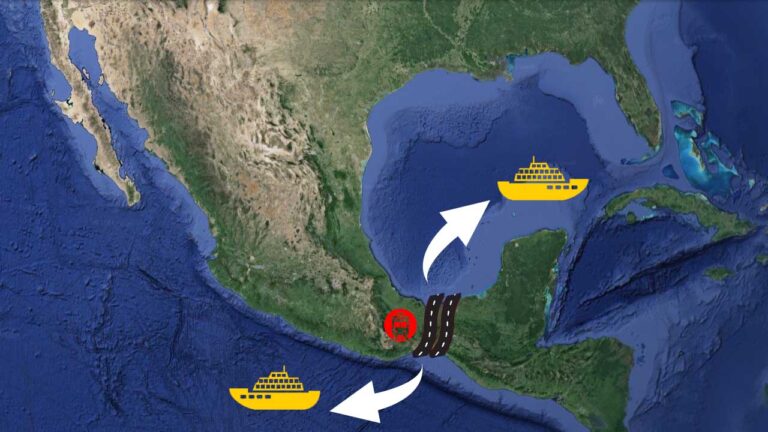Woodsmith Mine will Help the UK Economy for the Next 50 Years
The United Kingdom has recently received a substantial boost in its natural resources reserves through an ambitious project. This initiative is poised to tackle some critical issues facing the country, such as the dwindling availability of valuable natural resources like gas and oil, as well as the challenges posed by weakening exports. What’s even more remarkable is that this project is expected to make a significant economic contribution, with an estimated value of up to $130 billion over the next five decades. To unlock these valuable resources, a massive underground mine is being constructed. This mine, situated a remarkable 50 meters beneath the Earth’s surface, is set to be Europe’s deepest, making it virtually invisible to the naked eye. What adds to the intrigue is that hidden within this subterranean marvel lies the world’s largest known deposit of a multi-nutrient fertilizer, a resource of immense value to agriculture and beyond. This extraordinary endeavor raises questions about the nature of this mysterious resource, its exceptional value, and the cutting-edge technology employed in the construction of Britain’s most significant mining project in decades.
You must be aware of polyhalite, and the UK is the only country in the world that has discovered massive amounts of this unique resource. So, what exactly is polyhalite? In simple terms, it’s a fertilizer that doesn’t need any chemical treatments after it’s mined. It’s a natural solution to the world’s high-value crop nutrition problems and is of such high quality that farmers can proudly label their crops as organic.
Also Read: Uzbekistan to Access Arabian Sea via Trans-Afghan Railway Project
You might be wondering if it’s the same as potash. Well, it’s not! While they have some similarities, polyhalite is a naturally occurring mineral that contains potassium, sulfur, magnesium, calcium, and various micronutrients. It’s an ideal natural fertilizer. The company behind the mine, Anglo-American, crushes and granulates polyhalite to produce their branded fertilizer called Poly4. This fertilizer is not only eco-friendly but also cost-competitive with traditional chemical fertilizers. Plus, it brings additional benefits to the soil itself.
In February of 2017, the project was officially christened as “Woodsmith Mine” during a revealing ceremony led by Andrew Percy MP, the Northern Powerhouse Minister. This distinctive name is a clever blend of the surnames of Peter Woods and Dr. Frederick Smith, both of whom were key geologists involved in the project’s early stages. Notably, the mine head is strategically located on what used to be Doves Nest Farm, formerly dedicated to beef farming operations.
The Woodsmith mine, where this extraordinary resource is found, is located near Whitby in North Yorkshire, England. The project was initially owned by York Potash Ltd, which later became a subsidiary of Sirius Minerals. However, financial troubles led to the mine’s ownership transferring to Anglo-American in 2020.
The polyhalite deposit lies between 1,500 – 1,600 meters deep, with a seam about 70 meters thick covering an area of approximately 62,000 acres. What’s truly fascinating is that this layer of polyhalite was formed nearly 260 million years ago when a sea that once covered the area retreated.
Despite its immense value, the Woodsmith mine is virtually invisible. It’s situated in North York Moors National Park, which means preserving nature and the landscape view was a top priority during construction. The mineral is transported via a tunnel 360 meters below the ground to a Materials Handling facility in Wilton, Teesside, which is about 37 kilometers away. This tunnel features the world’s longest conveyor belt.
From there, the ready product is transported once again on a conveyor belt inside a pipe to Teesport, which connects Northeast England to the rest of the world. The mine’s ground facilities are designed to blend in with the surroundings, looking like large farm barns surrounded by a beautiful forest.
The Woodsmith Mine, situated nearly 1,600 meters below the earth’s surface, has been designed with ingenuity and precision to extract one of the world’s most coveted minerals, polyhalite, with unprecedented efficiency and environmental consciousness.
The heart of this remarkable endeavor lies in the service shaft, concealed within a massive barn-like structure. The shaft, with dimensions of 60 meters in depth and 30 meters in width, was established using an advanced technique known as diaphragm wall construction. These walls are not just ordinary; they are lined with steel-reinforced concrete, ensuring structural integrity even under immense pressure.
At the core of the service shaft stands a towering 45-meter winder, a device responsible for lowering and lifting personnel, equipment, and materials into and out of the depths of the mine. Intriguingly, it does not handle the mineral extraction, which will occur via a separate shaft in an adjacent building.
The mineral extraction shaft, like its counterpart, plunges 1,600 meters below the Earth’s surface. It was created using a technology known as shaft boring roadheader. This ingenious method, inspired by the mechanized sinking of shafts, utilizes a cutting head that rotates in a star pattern, digging about 20 centimeters with each pass. This results in rapid and effective progress, even at extreme depths. The choice between steel or reinforced concrete lining for the shaft depends on the specific geological conditions.
Connecting the two shafts is a tunnel at a depth of 360 meters, a vital link in the intricate network of this mining venture. This tunnel also serves as a conduit for the 37-kilometer long mineral transport tunnel, a critical component of the operation.
The mineral seam is meticulously mined through a combination of blasting, cutting, and drilling. From there, it is transported to the extraction shaft via a flexible conveyor belt, which lifts the extracted mineral to the mineral transport system. This system is a marvel in itself, automatically transferring the mineral into a conveyor belt within the transport tunnel, a process that ensures efficient and seamless transport to the Milton Materials Handling Facility near Teesport.
Also Read: The Panama Canal: End of an Era
The mines’ pit, over time, will evolve into a colossal network of mine roads, spanning an area of nearly 2,500 square kilometers. This vast and intricate underground infrastructure is a testament to human engineering at its finest.
A significant highlight of the Woodsmith Mine project is the 37-kilometer-long concrete-lined tunnel, which houses a conveyor belt that transports the polyhalite ore from the mine to the Milton Mineral Handling Facility. This tunnel is a testament to engineering prowess and innovation, and it is the longest of its kind in England. It boasts 5-meter diameters and 20-centimeter-thick concrete walls, all at an estimated cost of $3.6 billion.
To excavate this mammoth tunnel, three tunnel boring machines (TBMs) were employed. Each TBM, weighing a staggering 2,000 tons and measuring 205 meters in length, advanced at an average rate of 20 meters per day. These colossal machines were lowered via a specialized construction shaft to a depth of 360 meters. Each TBM consists of multiple sections, including perimeter jacks to provide grip, a platform with various equipment, and a mechanism for installing prefabricated concrete segments, thereby creating a durable, lined tunnel.
The Woodsmith Mine project lies a commitment to environmental stewardship. The polyhalite ore, with its remarkable 88% purity level, requires minimal processing. It is crushed and granulated to become the sought-after Poly 4 product, making the entire process not only efficient but also environmentally friendly.
The final product is transported through a 44-kilometer pipe via a conveyor belt to Teesport, where it is stored at the Redcar Bulk Terminal, ready for shipment. A dedicated port, Brand Sands, designed to accommodate large bulk cargo ships, is also under construction, anticipating the high demand for this precious mineral.
The Woodsmith Mine project faced substantial opposition from various groups and advocates. A joint open letter, endorsed by 29 diverse organizations such as the Caravan Club, the RSPB, and the Campaign for National Parks, was dispatched to the national park authority. Interestingly, the park authority’s own internal assessment revealed that the anticipated economic gains from the mine failed to outweigh the environmental harm it was poised to inflict.
Initially, the Ministry of Defence raised concerns and lodged an objection against the mine’s development. Their primary concern centered around the use of dynamite blasting, which had the potential to inflict damage on the sensitive equipment at RAF Fylingdales, situated a mere 4 miles (6.4 km) southwest of the mine head. This objection, however, was withdrawn following negotiations with the company, during which they agreed to adhere to the MoD’s stipulations and the implementation of monitoring mechanisms for the mine’s operations.
What are your thoughts on Britain’s historic project? Please share your opinions in the comments section, and if you haven’t already, remember to share, like, and subscribe to our channel. Thank you!






